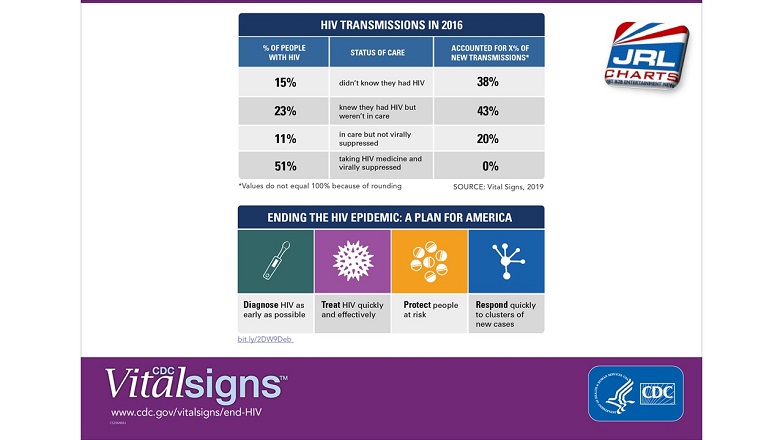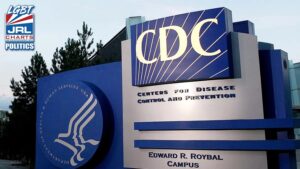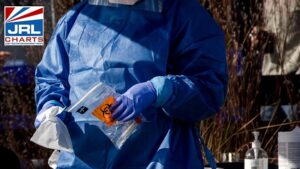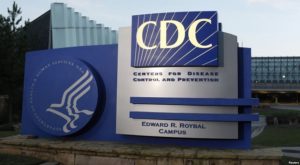WASHINGTON D.C. — (03-19-19) — The CDC announce gaps in HIV testing & treatment that is hindering efforts to stop new infections.
Press Release
The vast majority (about 80 percent) of new HIV infections in the U.S. in 2016 were transmitted from the nearly 40 percent of people with HIV who either did not know they had HIV, or who received a diagnosis but were not receiving HIV care.
Published on the first day of CDC’s 2019 National HIV Prevention Conference, a new CDC Vital Signs report provides the latest data on the impact of undiagnosed and untreated HIV in the nation and underscores the critical need to expand HIV testing and treatment in the U.S.
Getting more people tested and in HIV care is a critical part of the proposed federal initiative, “Ending the HIV Epidemic – A Plan for AmericaExternal.” The initiative’s goal is to end the HIV epidemic over 10 years by focusing first on the geographic areas with the greatest HIV burden, before expanding to reach all areas of the nation affected by HIV.
“We have an unprecedented opportunity to end the HIV epidemic in America,” said Assistant Secretary for Health at the U.S. Department of Health and Human Services, Admiral Brett P. Giroir, M.D. “We must close these glaring gaps in HIV prevention and care, and we must start now.”
The proposed initiative is designed to rapidly increase use of these strategies in the 48 counties with the highest HIV burden, as well as in Washington, D.C.; San Juan, Puerto Rico; and seven states with a disproportionate rural HIV burden. The goal is to reduce new HIV infections by at least 90 percent over 10 years.
New analysis highlights testing and treatment to end HIV epidemic in U.S.
According to the study findings, about 80 percent of new HIV transmissions are linked to people whose HIV is either undiagnosed or currently untreated. CDC recommends that once a person with HIV learns their status, they begin taking antiretroviral therapy, or ART.
Article by: Paul Goldberg, Staff Writer
- Angel Rivera & Josh Brady Lead the Cast in Tormented Teens - April 25, 2024
- Sublime Hunny Bunny Silicone Clitoral Vibe is Pure Stimulation - April 25, 2024
- AUSSIEBUM: Introducing NZLC Men’s Apparel Commercial - April 24, 2024







